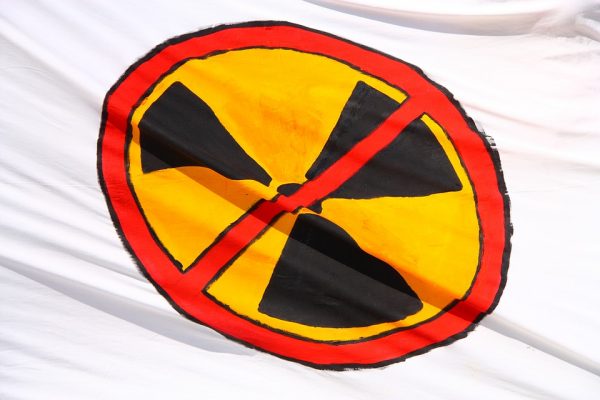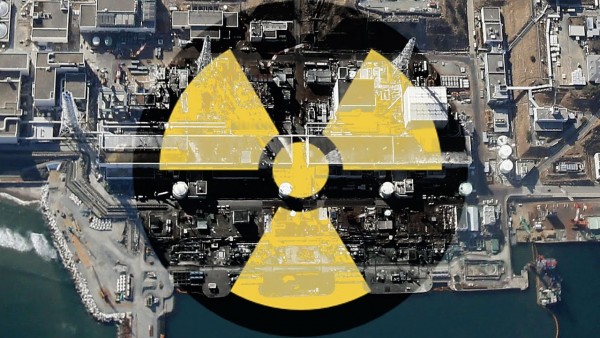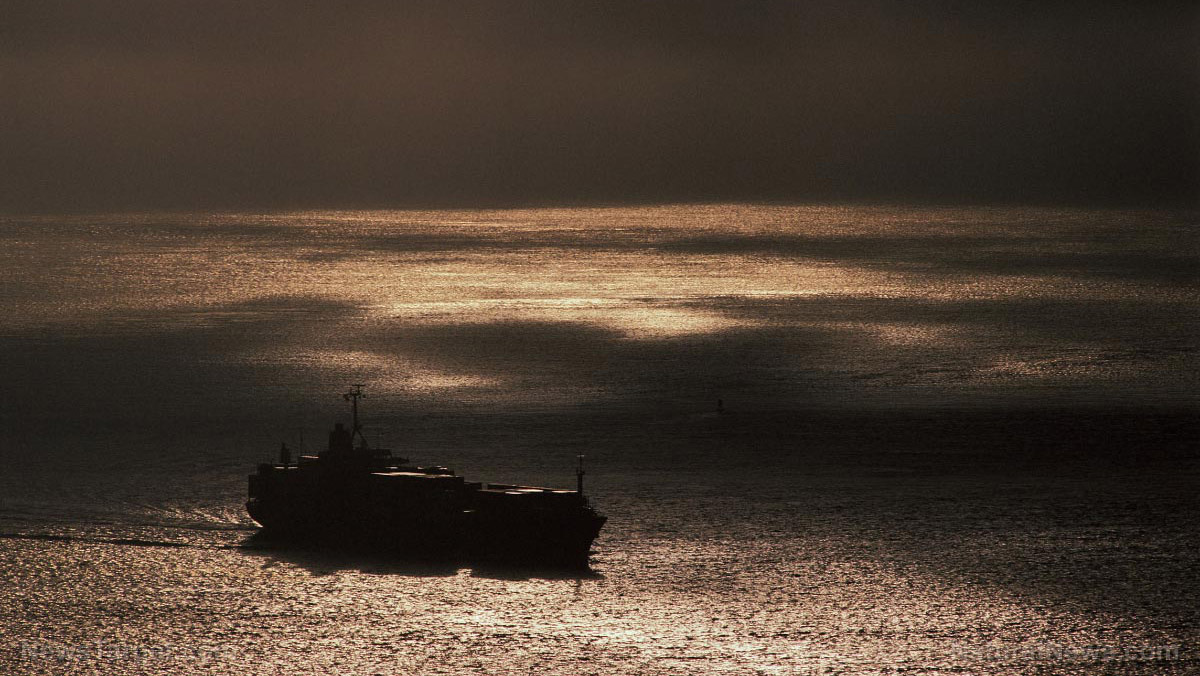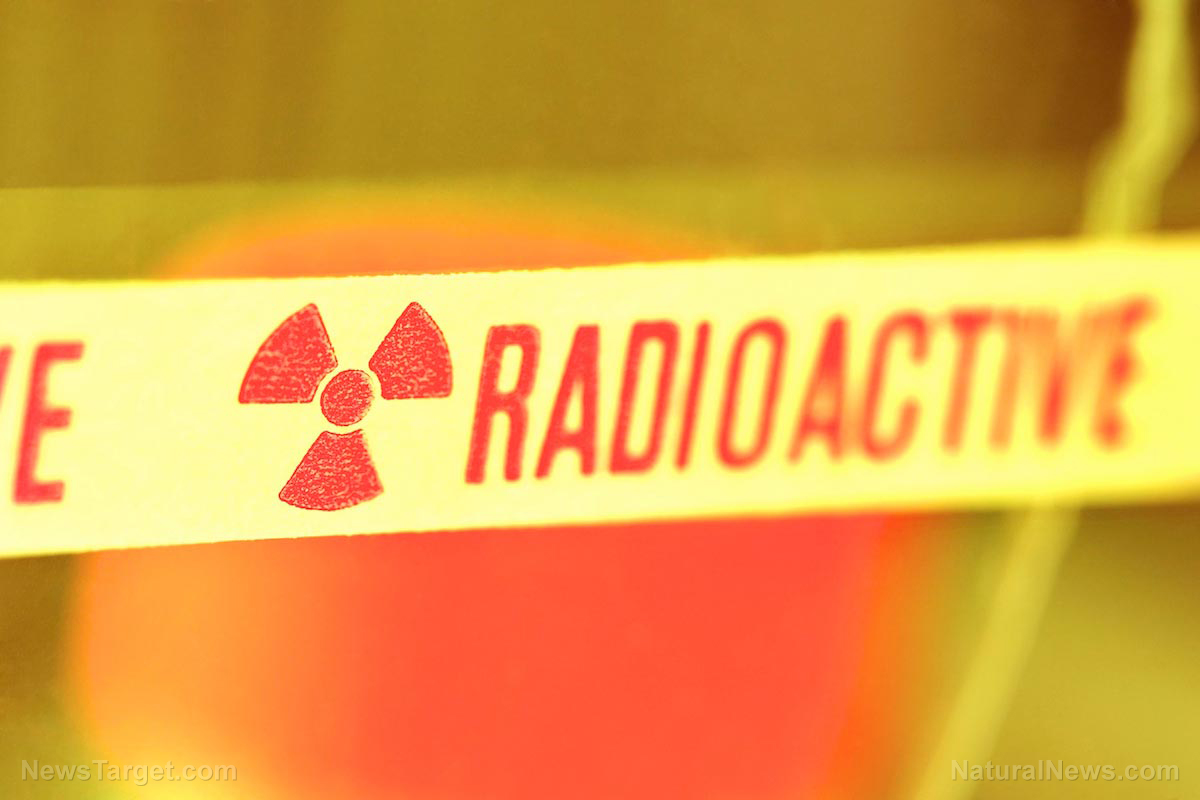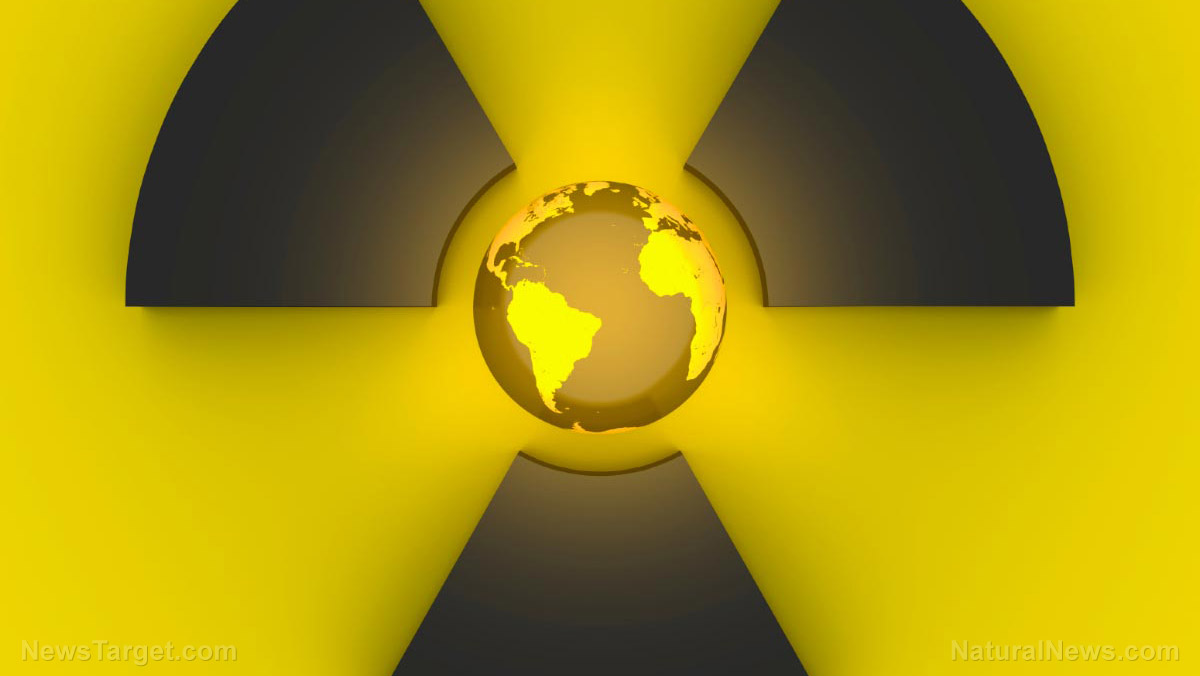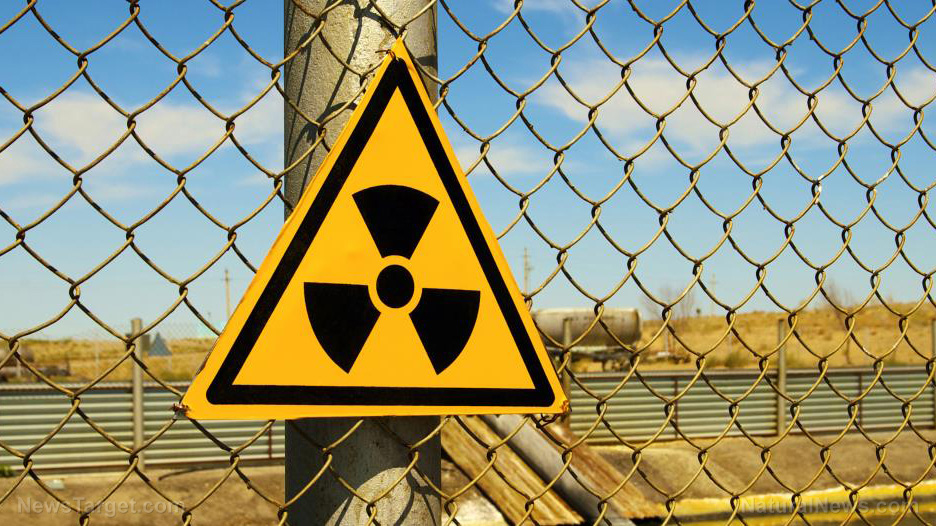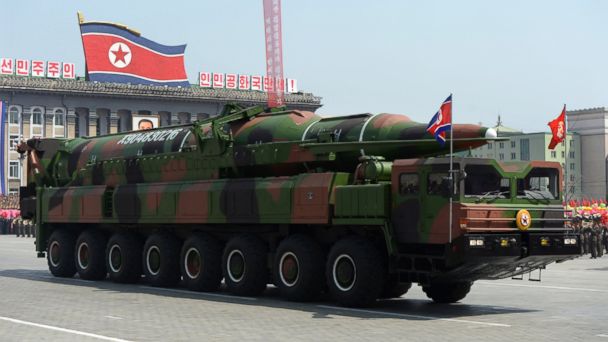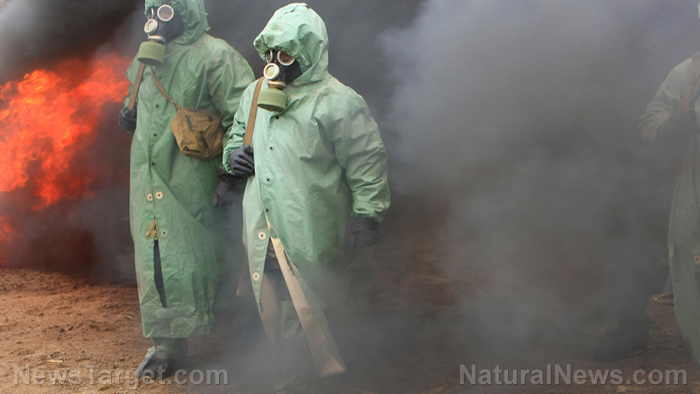A new luxury hotel — in Fukushima?
11/15/2016 / By fukushima

On March 11, 2011, the residents of Fukushima Prefecture felt the earth shake as a massive quake struck off the northeastern coast of Japan. But few could have predicted the explosions that would later follow or that the reactors at the Fukushima No. 1 nuclear power plant would go in to meltdown. The region has been physically changed, tainted by radiation, but also altered in other ways: The government’s investigation and ensuing media attention has ensured the words “Fukushima” and “radiation” are forever linked.
Article by Robert Michael Poole
One of the most unique disaster images from Fukushima though, is not a photograph of earthquake-cracked villages or exploding reactor buildings. It is an ukiyo-e print by Meiji Era (1868-1912) artist Tankei Inoue. The print depicts the 1888 eruption of Mount Bandai in Yama-Gun, Fukushima, which wiped out villages and transformed the region’s farmland. It was the first major natural disaster that the forward-thinking Meiji Era government faced.
The damage to Fukushima’s reputation from that catastrophe eventually faded. In fact, the disaster created a new, rich landscape, one that forms part of the present Bandai-Asahi National Park. The region is home to a rather unique hotel that is actively seeking to allay fears that Fukushima is once again a dodgy destination for tourists.
“We want to provide facts about what is happening in this region,” says Takeshi Munakata, owner of Hotelli Aalto, which provides radiation readings on its website that are taken at the hotel and other areas of Japan. “There are many areas with higher radiation than this place, so it’s important to show the facts to the public.”
Hotelli Aalto is surrounded by lakes and ponds created by the Mount Bandai eruption, and it offers access to nature at its most raw. The 13 rooms here (priced from ¥28,000 per person) are divided between those with a forest or mountain view. There is also the new Aalto Lodge a short distance from the main hotel, designed for families and even pets. Renovated in 2007, the hotel has a European mountain-lodge feel with an open-plan lobby where guests to relax and mingle. As well as indoor and outdoor natural onsen (hot springs), Aalto also offers Nordic and Japanese fusion cuisine.
The hotel is perched high in the mountains some 100 kilometers from the Fukushima No. 1 power plant, in the far west of the prefecture. But being located within Fukushima has left it with an image problem — everything within the prefecture borders can sound toxic, even though neighboring Ibaraki and Miyagi prefectures are closer to the plant and have been more affected by the events of March 2011.
“In the first two years before the earthquake we were just growing, working toward our targets,” Munakata says. “Only now we are getting to that target. In 2010, we had 30 percent capacity and now it’s getting to 50 percent.”
The Reconstruction Agency, tasked by the government with the rebuilding after the Great East Japan Earthquake, stated earlier this year that Fukushima tourism is still in a “severe situation” and that, due to reputational damage, Fukushima “has not been able to enjoy the effects of the national inbound surge.”
In 2010, 8.6 million overseas visitors came to Japan, according to the Japan National Tourism Organization. After the 2011 disaster, every region except Okinawa saw a decrease in foreign tourists, but none more so than Tohoku, which dropped to 40 percent of its normal influx. By 2013, all regions bar Tohoku had rebounded past their 2010 numbers. Fukushima remains hit the hardest. The Reconstruction Agency shows that the number of foreign tourists staying overnight in Fukushima Prefecture fell by 70 percent in 2011 and has barely increased since.
“It’s difficult to communicate the safety of the region — when information comes from the government, non-Japanese will not trust the credibility,” Munakata says. “Also, saying ‘It is safe’ only draws attention to the issue, so it doesn’t really help.”
Fukushima Prefecture is itself divided into three regions: Aizu, Nakadori and Hamadori. Some in westernmost Aizu considered whether it would be beneficial to incorporate it within a neighboring prefecture in order to lose the damaging Fukushima tag. But Munakata, whose Hotelli Aalto is located in Aizu, disagrees.
“I also feel that I am responsible, we all are, to support the people on the coastal side. There are many ways to help, but what we think is important is to be able to sustain our business without (governmental) support, standing on our own feet.”
Rebuilding the infrastructure to attract foreign tourists back to Fukushima, however, has required the financial support of the national government and Tepco, the owner of the Fukushima No. 1 power plant, due to the massive loss in business revenue the region has faced. According to Yoshihiro Sonobe, director of Hakko construction — the company that renovated Hotelli Aalto’s 40-year-old building — financial assistance has had to come from various sources.
“Fukushima Prefecture created a system of interest compensation for loans taken out by businesses from financial institutions,” he says.
Tepco’s official figures show it has paid ¥6 trillion ($57.6 billion) in reparations, of which ¥4,780 billion ($4.59 billion) went to local businesses. The compensation includes an amount for lost sales due to misinformation or damage to the business’s reputation, totaling ¥1,460 billion ($1.4 billion).
“How much of this is related to tourism though is unclear,” Sonobe says.
Since 2011, the prefectural government and Tepco have been providing an ongoing fund to each hotel to fill in their average revenue, covering the gap that they have lost. They also paid up to ¥8,000 per day for evacuees to stay in hotels until temporary homes were built, which lasted about half a year.
“We struggle because of our location, but some have recovered better,” Munakata says.
In March, Prime Minister Shinzo Abe set a target to triple international overnight visitors staying in Tohoku hotels from 500,000 in 2015 to 1.5 million by 2020, promising to boost the budget for research, promotion and marketing of a “new Tohoku” from ¥500 million ($5 million) to ¥5 billion ($50 million). The Reconstruction Agency also recommended an initiative for boosting domestic educational travel.
Hotelli Aalto is perhaps better positioned than most to benefit from the government’s new drive, due to its distinct international flavor. Designed by Yoshihiro Masuko, chairman of The Scandinavian Architecture and Design Institute of Japan, it blends Japanese and north European design.
The building first opened in the 1960s as a traditional sanso (Japanese mountain villa). Munakata had helped maintain the villa in the 10 years before it closed in 2007 and, not wanting to see the space go to waste, decided to revive it himself.
“I was in Finland when I had to make the name of the hotel and, while I was driving, I saw the word ‘Aalto’ come on the tuner of the radio, and that inspired me,” he says. The name, meaning “small waves” in Finnish, also happens to be the surname of Finland’s most famous architect: Alvar Aalto.
Munakata hired Yoshikazu Masuko, one of Japan’s own “famous architects,” who also has a long track record of designing Nordic architecture. The Japan-meets-Scandinavia concept for the hotel is an idea supported by a shared climate — temperatures can get down to -20 degrees Celsius in both Finland and Aizu.
“The people in Finland enjoy winter, with long nights and little sunlight, by staying inside. I wanted to have that mindset within this hotel,” says Munakata.
Building on a strong demand in Japan for northern European style, the hotel is offering a lifestyle and design concept with an interior that uses only natural elements.
Unlike Japan, Scandinavia has a “culture of using chairs,” Munakata says, “but what we did was to use wood in a unique Japanese way, combining the culture of chairs with the Japanese birch of Shirakawa. We wanted to use only local wood to create this.”
This month the hotel is expanding, with the opening of Aalto Lodge, a private villa with a wooden bath separate from the main hotel. Munakata hopes it will further the hotel’s appeal to foreign tourists. Priced at around ¥80,000 for a two-night stay, the family-sized house is set within a forest a short drive from the main hotel.
“It’s all about communicating the beauty of this region, like the charming Kitashiobara Village and Ura Bandai ski resort on our doorstep,” Munakata says.
“If that eruption of Mount Bandai didn’t happen 128 years ago, we wouldn’t have this beautiful region of rich soil and fresh lakes. Japan has faced many challenges from natural disasters but it’s also our strength. No matter how tough the challenges are, we want to stand up and get moving again.”
Read more at: japantimes.co.jp

